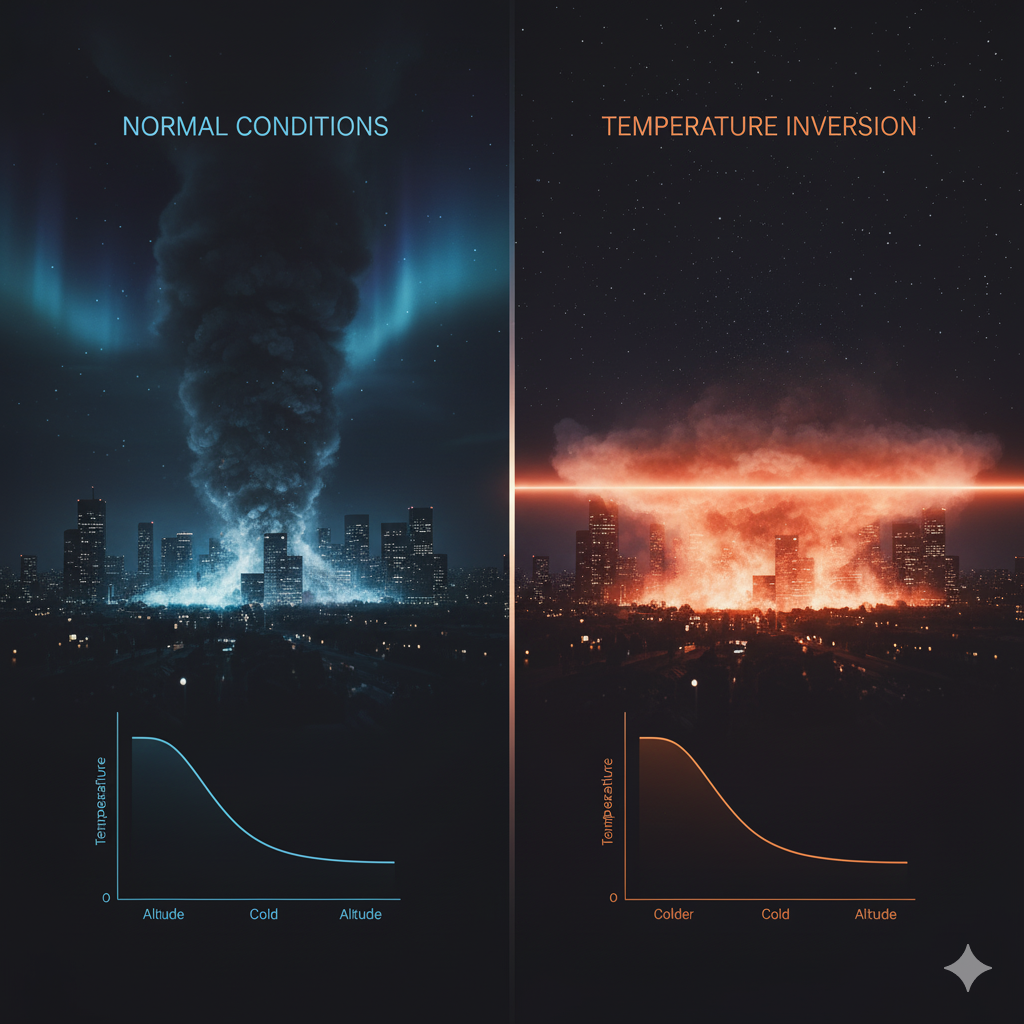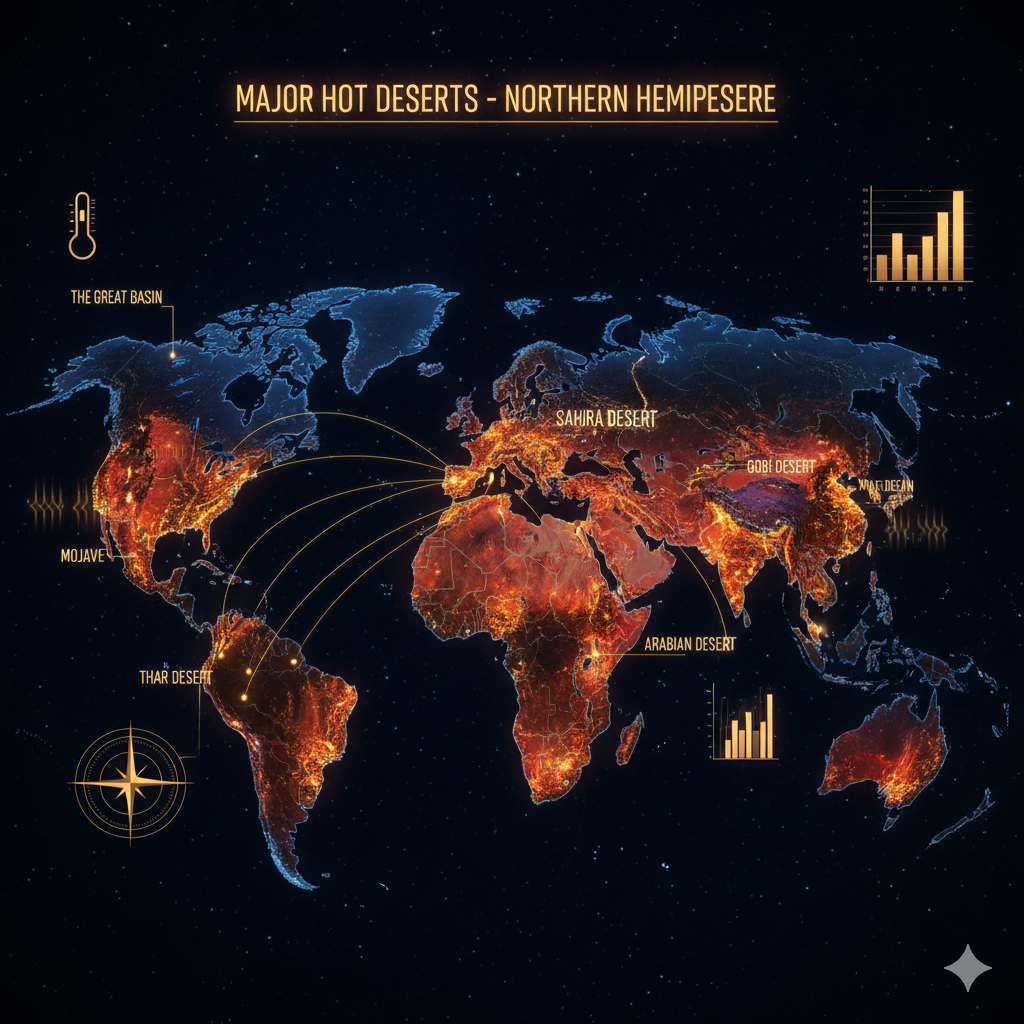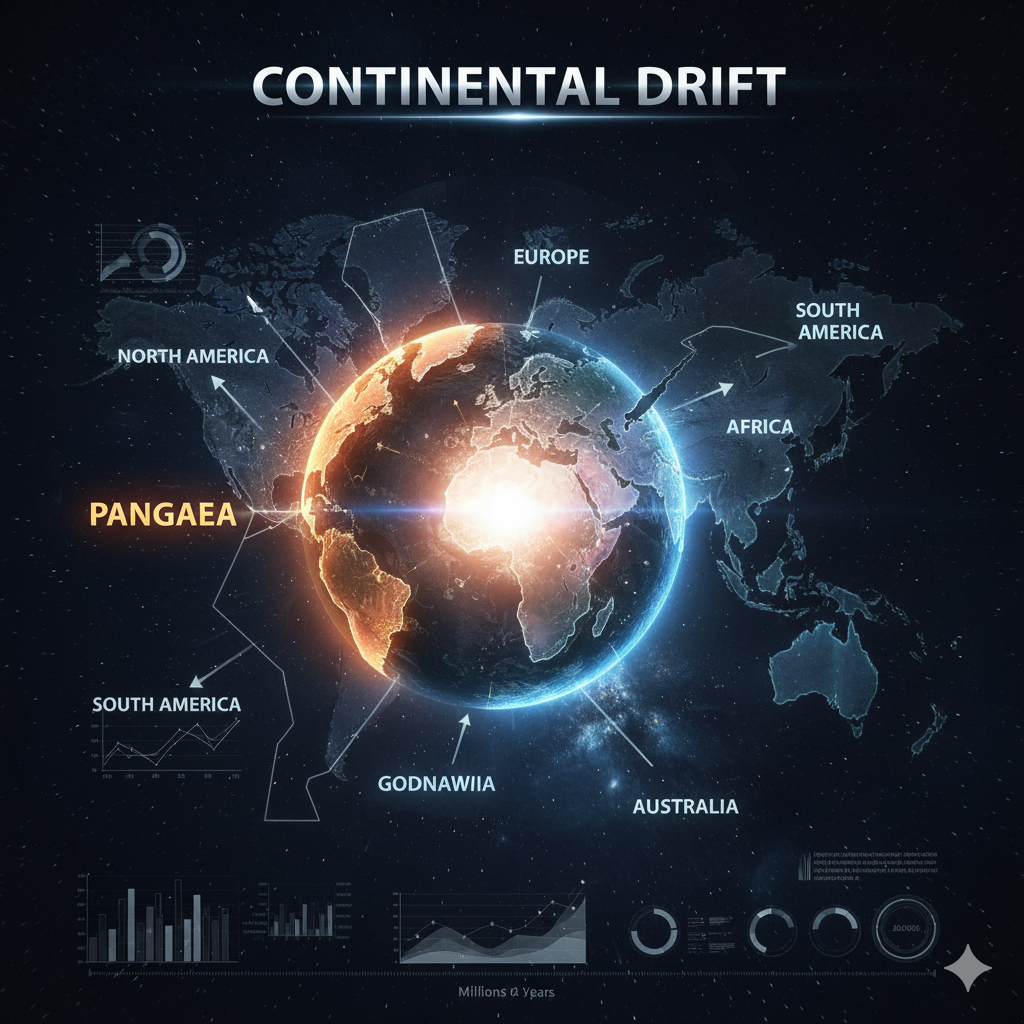Introduction
Mountains are among the most significant physical features shaping the geography, climate, culture, and settlement patterns of the United States. Unlike flat plains or coastal lowlands, mountains act as natural barriers, weather influencers, cultural markers, and sources of vital natural resources. The United States has numerous mountain ranges, but three stand out due to their vastness, geological history, and impact on human development—the Rocky Mountains, the Appalachian Mountains, and the Sierra Nevada.
Each of these ranges has distinct geological origins, ecosystems, and social significance. While the Appalachians are among the oldest mountains in the world and shaped the early European settlement of America, the Rockies symbolize the rugged frontier spirit of the American West. Meanwhile, the Sierra Nevada range, home to dramatic peaks and natural wonders, profoundly affects climate patterns and water supply for western states.
This article examines these ranges in detail, focusing on their formation, geographical features, influence on climate, biodiversity, settlement patterns, and socio-economic roles.
The Rocky Mountains
Geological Formation
The Rocky Mountains stretch for more than 4,800 km (3,000 miles) from northern British Columbia in Canada down to New Mexico in the United States. They formed during the Laramide orogeny, a mountain-building event that occurred between 80 and 55 million years ago. Unlike many mountain ranges that result from direct plate collisions, the Rockies arose when a shallow subduction of the Farallon Plate beneath the North American Plate caused crustal uplift far inland.
Physical Features
- Highest Peak: Mount Elbert (Colorado) – 14,440 ft (4,401 m).
- Composed of rugged peaks, deep valleys, alpine lakes, and extensive forests.
- Includes famous subranges like the Front Range, Sawatch Range, and Wind River Range.
Role in Climate
The Rockies act as a climatic divide in North America:
- They block moist air from the Pacific Ocean, creating a rain shadow effect on the Great Plains to the east.
- Western slopes receive high precipitation, contributing to rivers like the Colorado, Columbia, and Snake.
- Snowpack in the Rockies serves as a water reservoir for western states, critical for agriculture and cities.
Settlement and Human Use
- Indigenous peoples, such as the Ute, Blackfoot, and Shoshone, lived in the Rockies for centuries, relying on hunting and gathering.
- The discovery of gold and silver in the 19th century brought waves of settlers and established mining towns.
- Today, the Rockies are vital for tourism, outdoor recreation, forestry, and hydropower.
- Cities like Denver and Salt Lake City developed partly due to their proximity to mountain passes and mineral resources.
The Appalachian Mountains
Geological Formation
The Appalachians are among the oldest mountain ranges in the world, estimated at over 480 million years old. They formed during multiple orogenies, including the Taconic, Acadian, and Alleghenian orogenies, when ancient continental collisions created towering peaks. Over time, erosion reduced them to their present rounded, forested form.
Physical Features
- Extends from Newfoundland (Canada) to central Alabama (USA).
- Major subranges include the Blue Ridge Mountains, Great Smoky Mountains, and Allegheny Mountains.
- Highest Peak: Mount Mitchell (North Carolina) – 6,684 ft (2,037 m).
Role in Climate
- The Appalachians act as a barrier to east-west movement of air masses.
- Moisture-laden winds from the Atlantic drop heavy rainfall on the eastern slopes, creating lush forests.
- Western slopes experience rain shadows, shaping the agricultural economy of the Ohio and Tennessee valleys.
- They also moderate temperature extremes, making the eastern seaboard suitable for early settlement.
Settlement and Human Use
- Native American groups, including the Cherokee and Iroquois, thrived in these mountains.
- For European colonists, the Appalachians were the first major obstacle to westward expansion.
- Rich in coal, timber, and iron ore, the region powered the U.S. industrial revolution.
- Modern use includes coal mining, tourism (Great Smoky Mountains National Park), and cultural heritage.
- Appalachian culture is deeply tied to folk music, traditions, and a strong sense of community.
The Sierra Nevada
Geological Formation
The Sierra Nevada range stretches around 640 km (400 miles) along eastern California and western Nevada. It formed mainly during the Nevadan orogeny around 140 million years ago when subduction of the Farallon Plate caused massive granite intrusions. Later, tectonic uplift and glaciation shaped its dramatic peaks and valleys.
Physical Features
- Dominated by granite peaks, deep glacial valleys, and high-altitude lakes.
- Highest Peak: Mount Whitney – 14,505 ft (4,421 m), the tallest in the contiguous U.S.
- Famous features include Yosemite Valley, Lake Tahoe, and Sequoia groves.
Role in Climate
- The Sierra Nevada acts as a climatic wall, intercepting moist Pacific air.
- Western slopes receive heavy precipitation, nurturing California’s rivers and fertile valleys.
- Eastern slopes lie in the rain shadow, leading to deserts like the Great Basin.
- The snowpack of the Sierra is California’s primary water source, feeding the Sacramento and San Joaquin rivers.
Settlement and Human Use
- Indigenous tribes like the Miwok and Paiute adapted to its diverse environments.
- The California Gold Rush (1848–1855) brought massive migration to the Sierra Nevada foothills.
- The region today is crucial for water supply, hydroelectricity, tourism (Yosemite, Lake Tahoe), and winter sports.
- Logging and mining shaped its economy, though conservation movements later prioritized preservation.
Comparative Role of the Three Mountain Ranges
| Aspect | Rocky Mountains | Appalachian Mountains | Sierra Nevada |
|---|---|---|---|
| Age | Young (80–55 million years) | Very old (480+ million years) | Middle-aged (~140 million years) |
| Highest Peak | Mount Elbert – 14,440 ft | Mount Mitchell – 6,684 ft | Mount Whitney – 14,505 ft |
| Climate Role | Rain shadow on Great Plains; water source for West | Rainfall barrier for East; moderates climate | Snowpack critical for California’s water |
| Settlement Role | Mining, frontier towns, Denver/Salt Lake City | Early colonial barrier, coal mining, cultural heritage | Gold Rush migration, modern water and tourism |
| Modern Use | Tourism, hydropower, forests | Energy resources, tourism, culture | Water supply, tourism, conservation |
Influence on Settlement and Human Life
- Barrier and Pathways:
- The Appalachians slowed early colonists but also created natural passes (e.g., Cumberland Gap).
- The Rockies and Sierra Nevada shaped western migration routes like the Oregon Trail and California Trail.
- Resource Availability:
- Appalachians provided coal and timber for industrialization.
- Rockies supplied precious metals and modern energy resources.
- Sierra Nevada offered gold, fertile valleys, and vital water reserves.
- Cultural Identity:
- Appalachians are tied to folk traditions, music, and tight-knit rural life.
- Rockies symbolize adventure, wilderness, and exploration.
- Sierra Nevada is linked with California’s pioneering spirit and conservation ethos.
- Tourism and Recreation:
- National parks like Yellowstone (Rockies), Great Smoky Mountains (Appalachians), and Yosemite (Sierra Nevada) attract millions of visitors.
- Ski resorts, hiking trails, and natural wonders provide economic benefits.
Challenges and Environmental Concerns
- Deforestation and Mining: Extraction of resources threatens ecosystems in all ranges.
- Climate Change: Melting snowpacks in the Rockies and Sierra Nevada threaten water supplies.
- Overpopulation and Tourism Pressure: Increased visitors strain fragile mountain ecosystems.
- Cultural Marginalization: Indigenous traditions in mountain regions risk being lost.
Conclusion
The Rockies, Appalachians, and Sierra Nevada are more than mountain ranges—they are lifelines of American geography and society. Each shaped the history of settlement, influenced the climate, and continues to provide vital natural resources. The Appalachians nurtured early colonies and fueled industrial growth, the Rockies defined the westward frontier and remain a symbol of wilderness, while the Sierra Nevada provided the stage for the Gold Rush and continues to sustain California’s economy and water supply.
Together, these ranges reflect the deep relationship between humans and mountains, illustrating how geography can shape history, culture, and the future of entire nations. Preserving these mountain systems is not just an ecological necessity but also a way of safeguarding the cultural and historical legacy of the United States.




